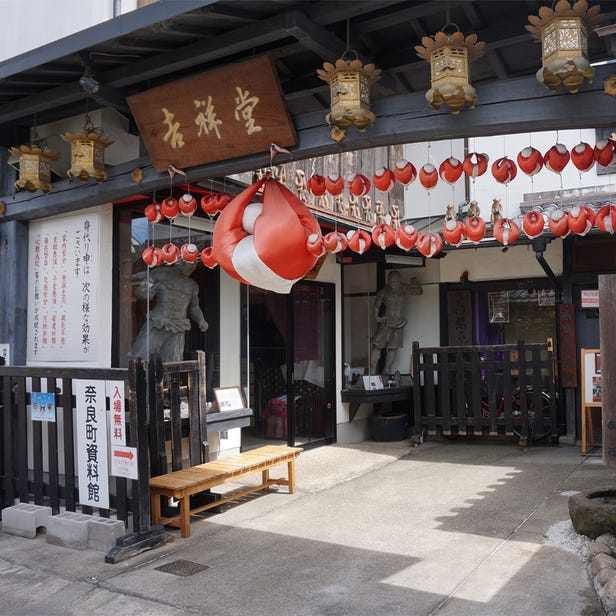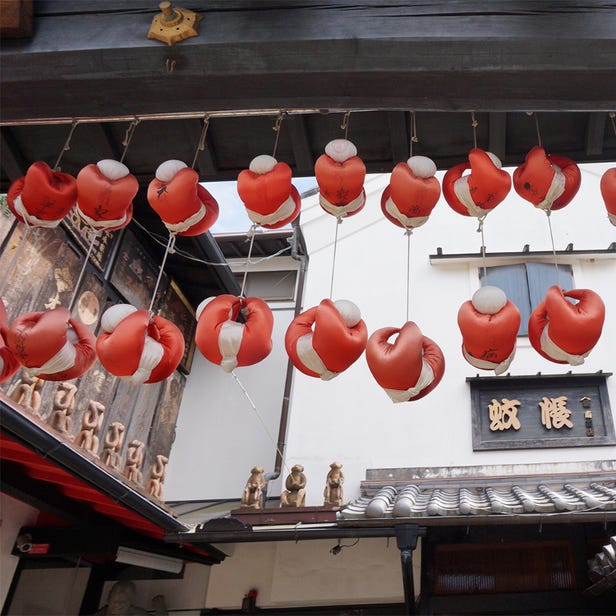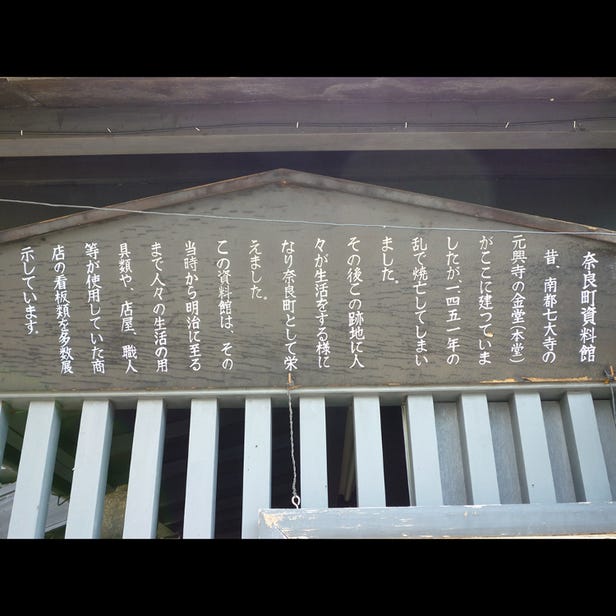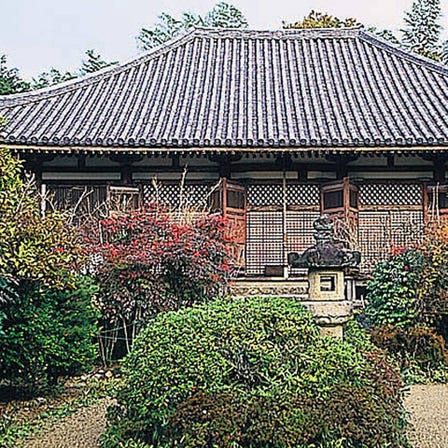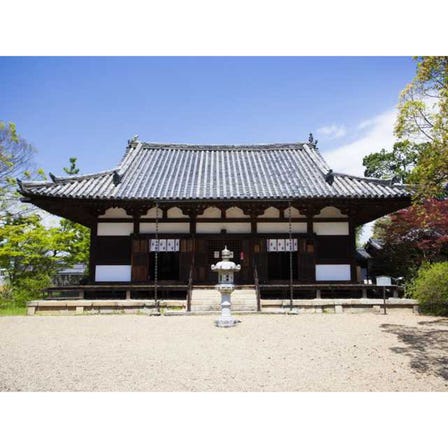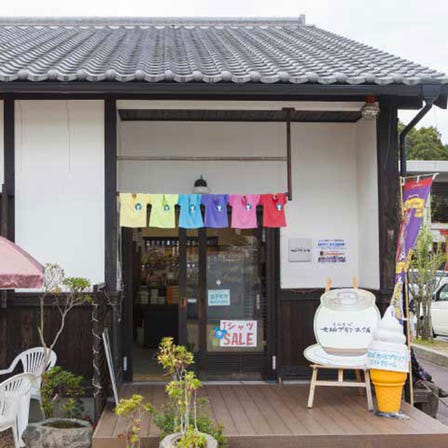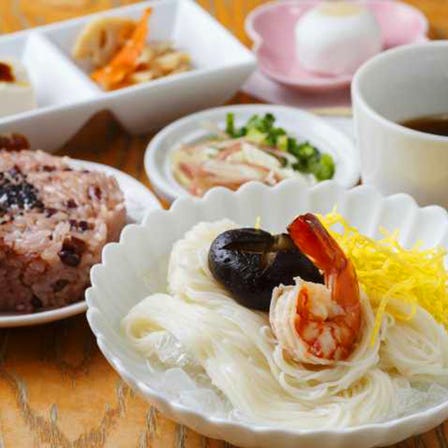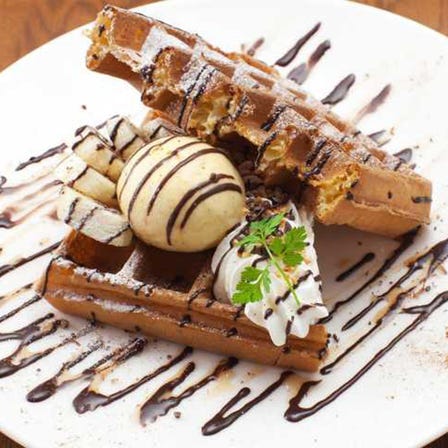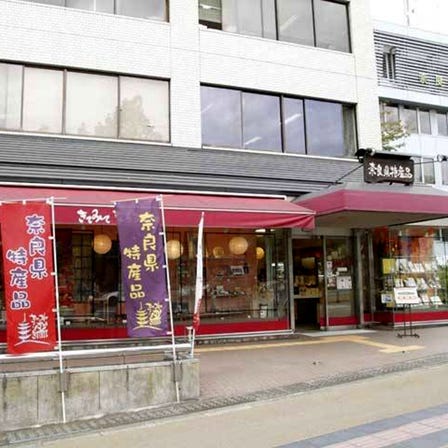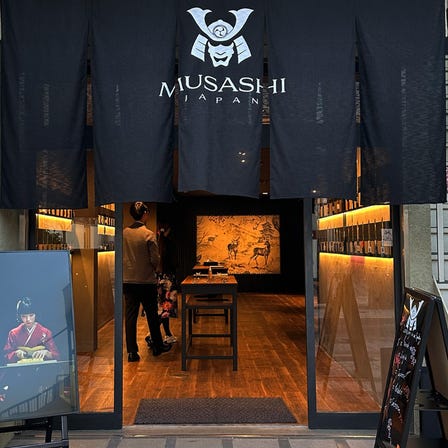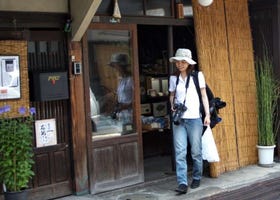Description
Naramachi offers a glimpse into the long history of the city, from old historic sites of the Nara Period to traditional wooden townhouses of the Edo Period. Naramachi Museum is a privately-owned facility that showcases the history and culture of Naramachi. It displays folk collections, such as traditional tools and crafts, as well as unique and valuable works such as picture signboards from the Edo and Meiji Periods depicting scenes from theater plays. Enshrined inside the museum are statues of Shomen Kongo, a blue-faced guardian and principle image of the folk faith Koshin Shinko; and Kissho Tennyo, a female Buddha of good fortune. Visitors can also buy good luck charms called migawarizaru. The museum inherits all the uniqueness of Naramachi that has been created by the people of Nara over centuries and passes it on to visitors from around the world.
・Migawarizaru amulets to ward away evil
When walking through Naramachi, visitors can often see migawarizaru amulets hanging from the eaves of houses. Literally translated as 'substitute monkey,' these amulets are said to protect homes from disasters by being a substitute and absorbing all the bad luck. It is said that writing a wish on the back of the migawarizaru before hanging it up will make the wish come true. The museum offers migawarizaru in various different sizes.
・Koshin-san was worshipped all night long once every 60 days by the townspeople during the Edo Period
For centuries, the people of Naramachi have worshipped seven statues of Koshin, and the tradition of Shichi Koshin Mairi (visits to the seven Koshin statues) was a popular event. Naramachi Museum also houses a shrine for Shomen Kongo (a blue-faced guardian), who is affectionately called ”Koshin-san.” During the Edo Period, it was believed that three worms known as sanshi-no-mushi lived inside people's stomachs. Once every 60 days on the night of Koshin Day, it was said that the worms would leave the body and tell the gods of the misdeeds conducted by the person. The gods would then punish the person by shortening his or her lifespan. Therefore, once every 60 days, the people prayed to Shomen Kongo (a blue-faced guardian) all through the night.
Location Information
-
- Address
-
14, Nishinoshinyacho, Nara-shi, Nara, 630-8334
-
- Nearest Station
-
Kintetsunara Station
・ Kintetsu-nara Line
15 minutes on foot
-
- Phone Number
-
0742-22-5509Available languagesonly in Japanese
-
- Hours
- 10:00am - 5:00pm
-
- Closed
- None
-
- Public Site
- Official Site
Recommended Spots in Area
- Visiting
- Eating
- Shopping
- Lodgings
-
Mahoroba Daibutsu Pudding Honpo Yumekaze Square BranchNara, Ikoma, TenriOther Cafes and Sweets
-
Tenpyoan (Todaiji Temple Branch)Nara, Ikoma, TenriOther Cafes and Sweets
-
TEN. TEN. CafeNara, Ikoma, TenriOther Cafes and Sweets
-
ShabukuraNara, Ikoma, TenriShabu Shabu
-
Todaijimonzen NagomiNara, Ikoma, TenriTeppanyaki
-
Awa NaramachiNara, Ikoma, TenriJapanese cuisine













